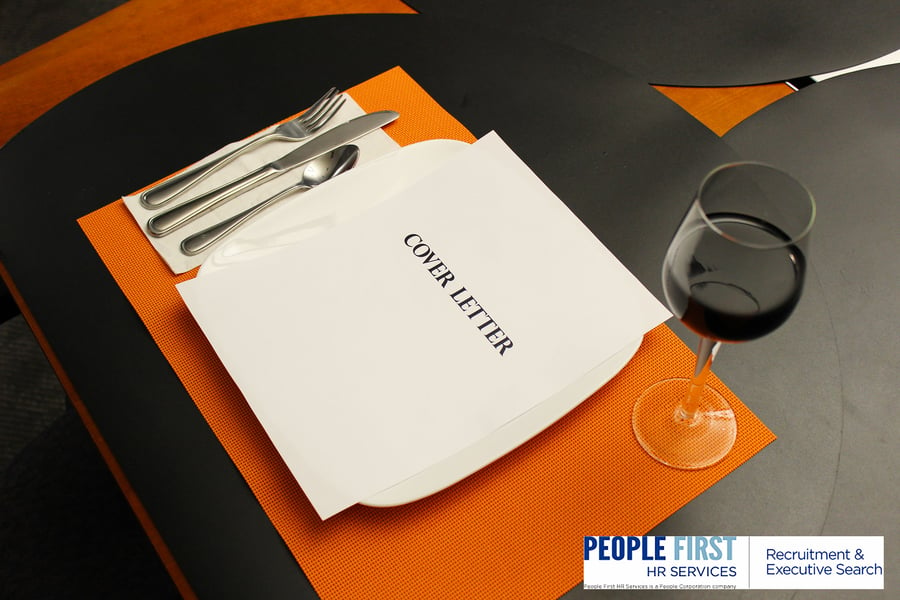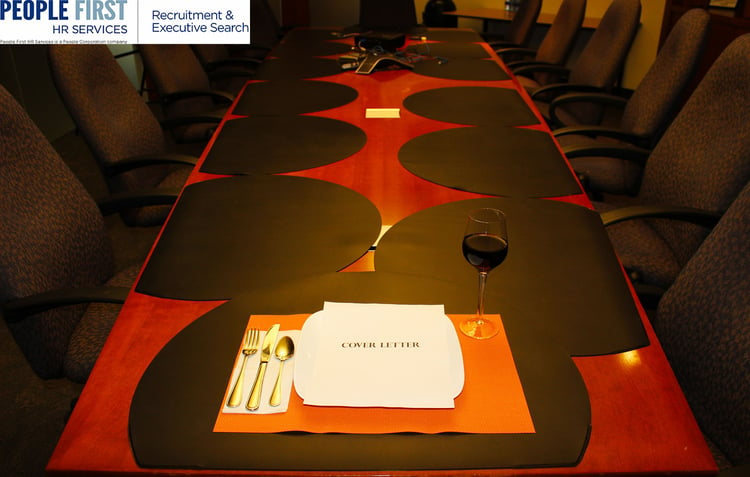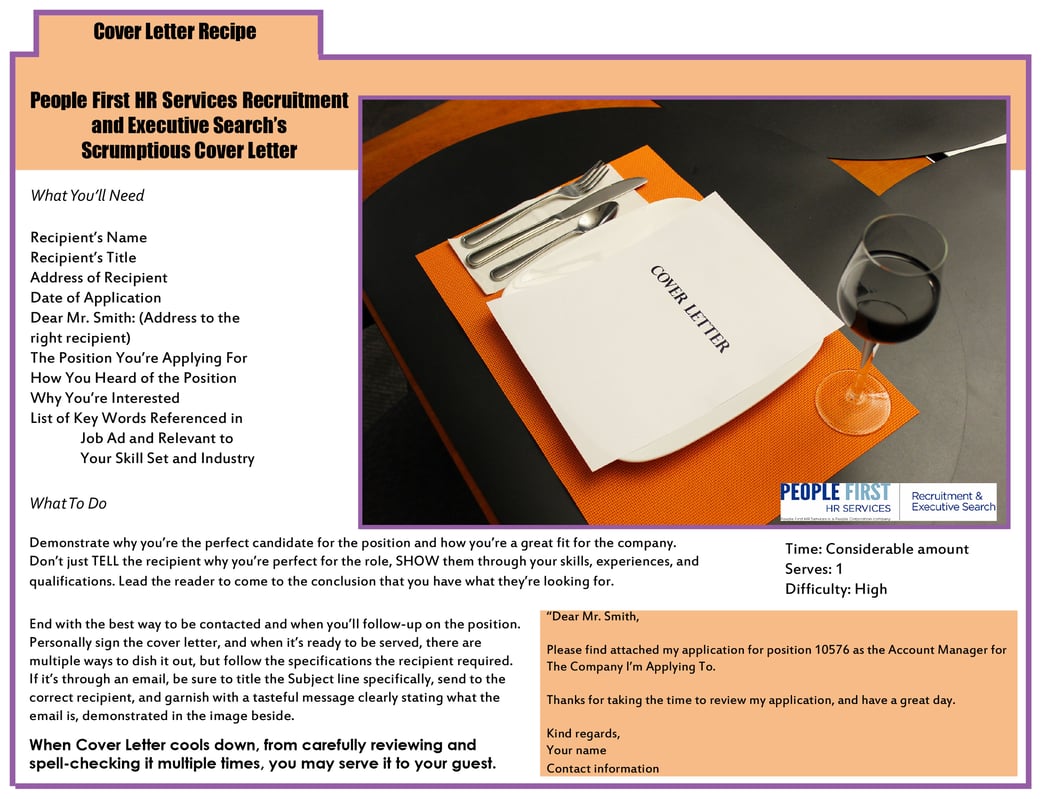This week, we’re cooking up a homegrown dish with hints of international ingredients! After sampling many different recipes, we’ve decided to share some family secrets passed down from many generations and inspired from here and abroad to master the ultimate recipe: The Cover Letter.

The cover letter might be a common dish in your household, but if you think it’s quick, easy, and the same dish every time, you’re probably doing it wrong. Every cover letter should be totally different, but the goal of the cover letter is consistent – demonstrate why you’re a fantastic candidate for the position.
So, you’re preparing the menu for your guests, and you have to plan what the desired outcome is and aim to please them. Every guest is different, and every dinner party has a different theme. How do you get started?
First, really take the time to read what’s expected of the chef. If your guests expect to be wowed by someone who can bring a whole bunch of ingredients to the table, then make sure you bring those ingredients, but blend them in so their presence is known and not too aggressive. There should be a transitional flow of the flavours so when the guests digest it all, they know exactly what they had and they’re pleased with the outcome.

You also have to understand the demands might be the same but guests are different, so how do you tailor each dish to their desire? Grab your utensils and sift through their information – go onto their websites, social media platforms, and their networks. Every guest has a voice and different expectations. Your job as a master chef is to figure out the voice(s) and respond accordingly.
When you decide to start putting the ingredients together, remind yourself of some of the requests. Do they want spice? Does anyone have any allergies to creativeness, PDFs, DOCs, or cover letters in general? Some guests might specifically want the résumé as their main and skip the cover letter as a starter. When in doubt, go with the PDF unless your guest specifies another format.
Don’t put things that aren’t applicable to the role. Would you put anchovies in a cake? No. So don't say irrelevant information when you’re applying for a position. Also, please use fresh ingredients. Nobody wants to eat a stale bite of information about you attending high school in 1972.
Ask yourself, “Are these ingredients relevant and timely?"
Don’t serve the same thing for dessert (aka the résumé). Who wants to have their dessert repeat the main (the cover letter)? Let the main serve as a welcoming lead to the dessert, as they’re very different but pair nicely together. The only thing that should be the same is the paper it’s served on. Think of the two as pairing a fine wine with a steak. The information should cleanse the palette, so every bite is just as good as the first, and the two support each other to deliver the perfect dish!
If you’re still thinking it’s no big deal to fire out the same cover letters to different companies, think of it this way - What if your guests found out you were serving the exact same dishes to everyone else and you tried to pretend the dish was prepared exclusively for each guest? There's an obvious difference between a personalized cover letter and a generic cover letter.
And one final note:
A good chef never sends out a dish before trying it first. Take a fresh look at it, sample it, get others to sample it, and review the recipe again, because you may have made an error and that will spoil the whole entire dish. Now, it’s safe to serve.
Follow us @PFRecruiting, and Like us on Facebook at: https://www.facebook.com/PeopleFirstRecruitment. You can also connect with us on LinkedIn at: http://goo.gl/knNJ8k.

